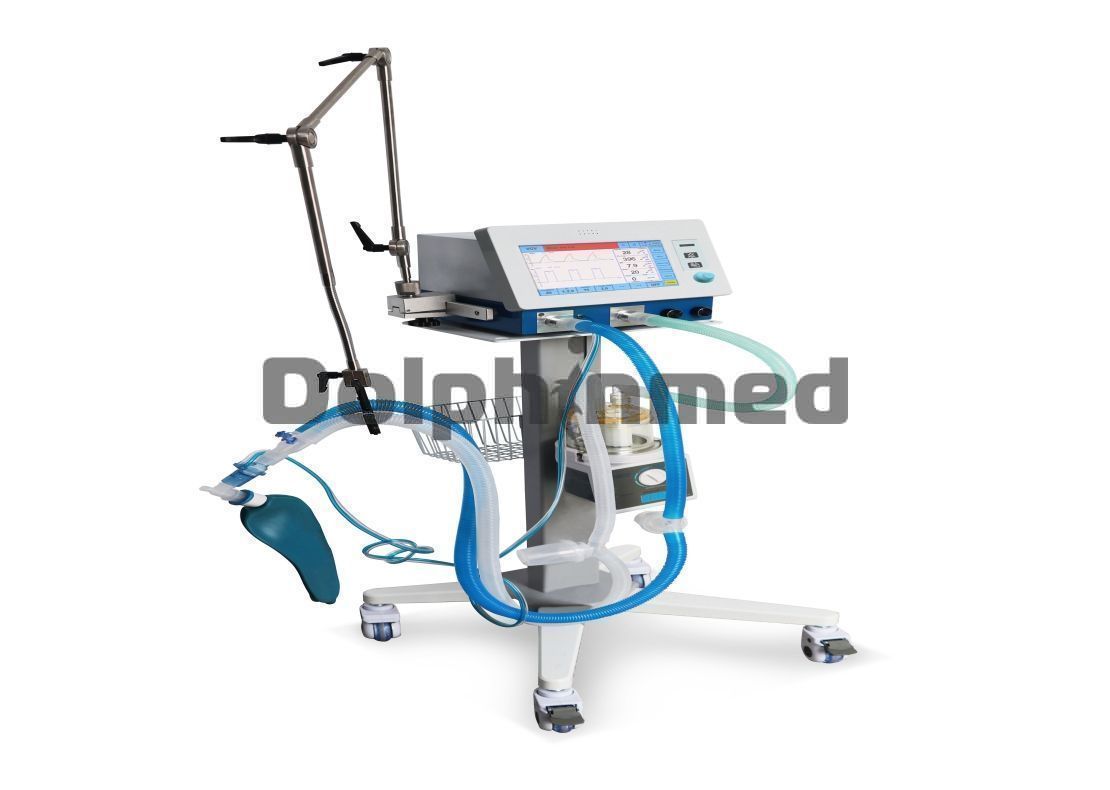What are the Matters Needing Attention When Caring for Patients?
As an Air compressor ICU Ventilator Exporter, share with you.
There are 12 pairs of ribs, which are equally divided on both sides of the chest. The front is connected with the sternum and the back with the thoracic spine to form a complete foot. In chest injuries, whether it is a closed injury or an open injury, rib fractures are the most common, accounting for about 90% of thoracic fractures. Rib fractures caused by different modes of external violence can have different characteristics: rib fractures caused by direct violence acting on a limited part of the chest, the broken ends shift inward, and can puncture intercostal blood vessels, pleura and lungs. Hemothorax or (and) pneumothorax occurs. Indirect violence such as when the chest is squeezed back and forth, the fractures are mostly in the middle of the ribs.
Anti-COVID 2019 Star Ventilator
In sudden accidents, most patients with rib fractures use ventilators. The main reason is that rib fractures are usually accompanied by acute lung contusions. At this time, the ventilator is the key. The ventilator should be humidified and atomized during the treatment process: when the sputum is thick, it needs to be humidified and atomized repeatedly, and the prepared humidifying solution can be directly injected into the tracheal intubation every 1 to 2 hours, or continuously and slowly dripped Into the airway. Medical staff should understand the heating and humidification performance of the ventilator, the absolute humidity of the inhaled gas (and convert the water content), the balance of daily intake and output, through digital analysis and combined with the thinness and thickness of clinical sputum, Find out the best amount of daily humidification fluid.
Because different patients use different amounts, there are also many precautions. The main processes are:
1. The humidifier of the ventilator must add a prescribed amount of distilled water every day, and the temperature of the humidifying liquid should be adjusted to 32~35℃.
2. Regardless of continuous or intermittent ventilator treatment, humidification fluid should be injected into the airway before and after sputum suction, and 2 to 3 mL of humidification fluid should be injected into the airway every 30 minutes after shutdown. According to the nature and viscosity of the secretion, the humidification fluid According to the doctor's advice, the word "moderate" should be mastered for airway humidification.
Our company also has Anti-COVID 2019 Star Ventilator on sale, welcome to contact us.






 English
English  French
French  Chinese
Chinese  Spanish
Spanish 















